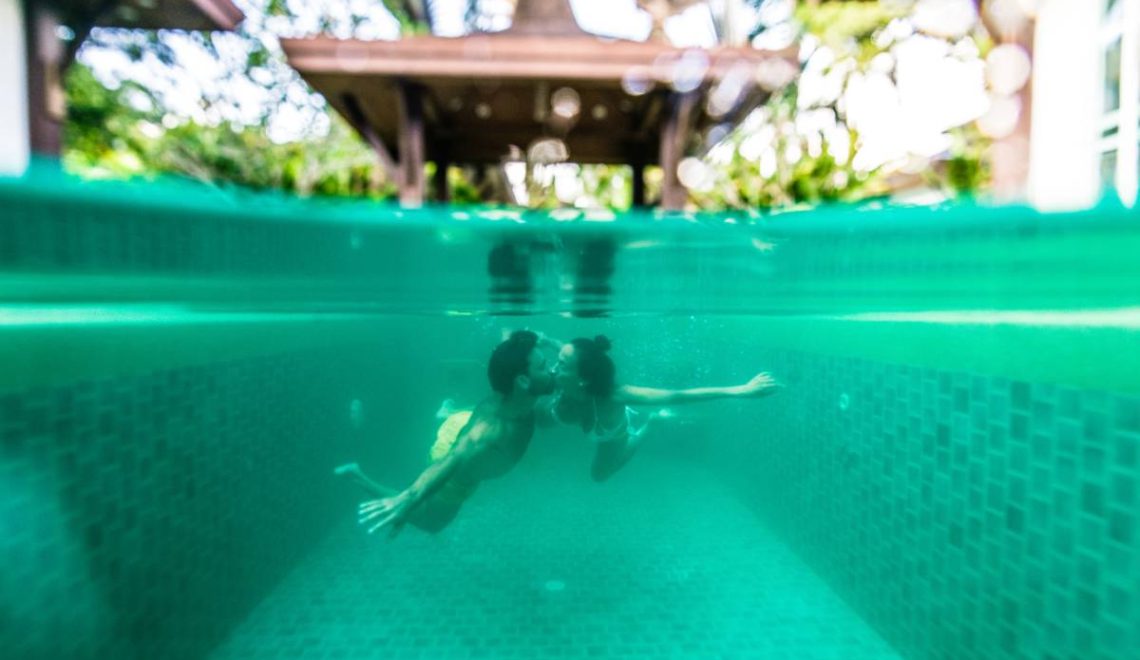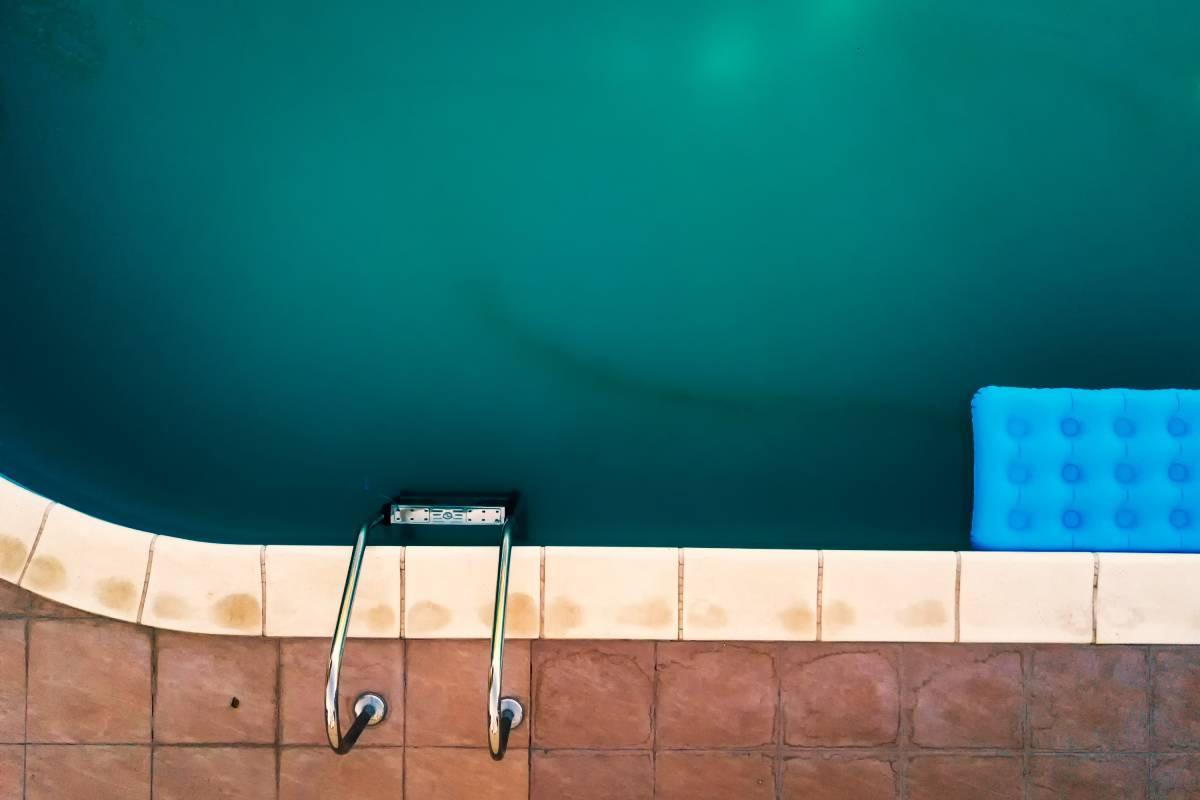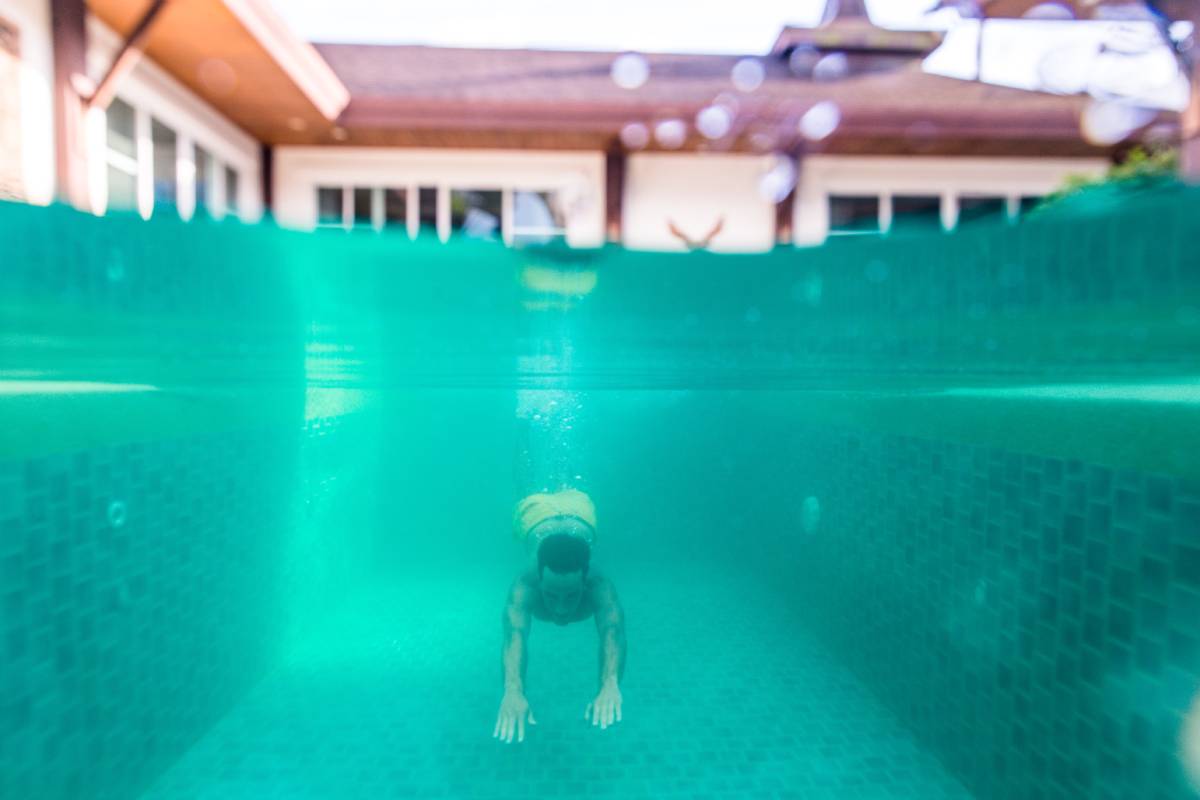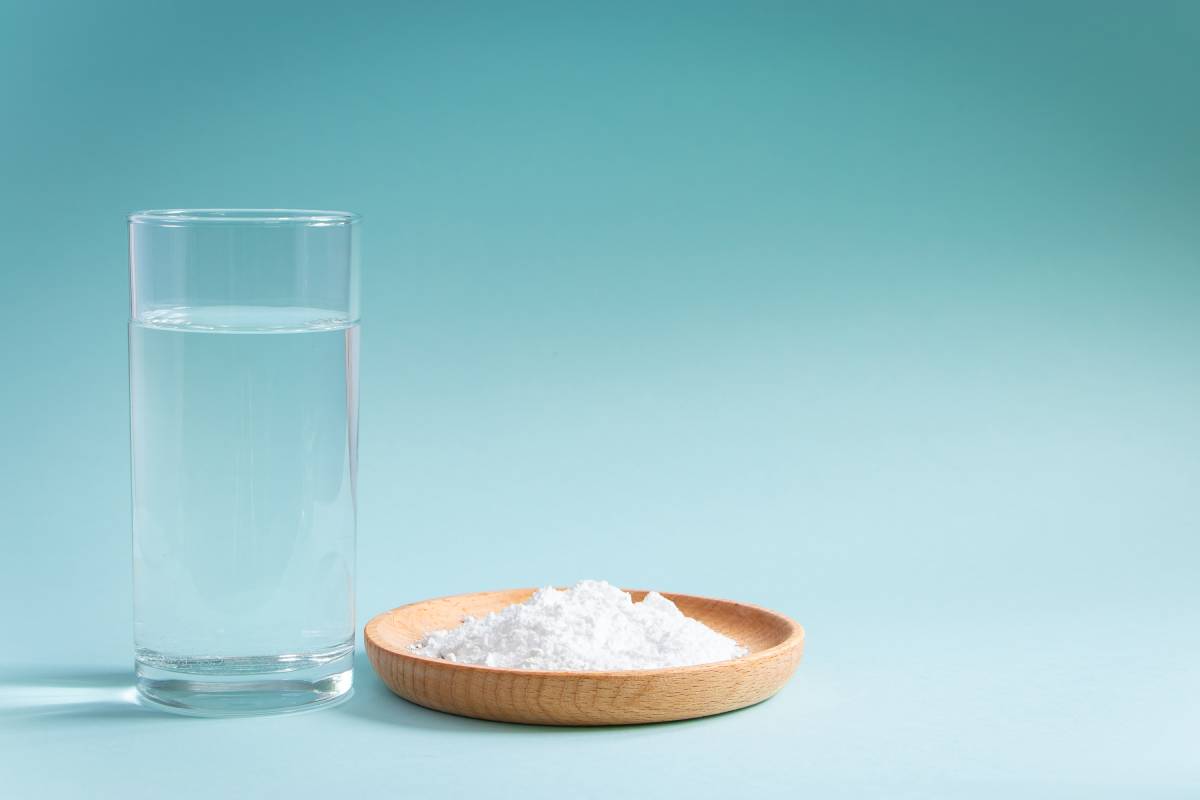
Maintaining a crystal-clear swimming pool is a hallmark of a well-cared-for aquatic oasis. However, despite meticulous upkeep, pool owners often encounter the frustrating phenomenon of cloudy water. Cloudiness can stem from various sources, including imbalanced pH levels, organic contaminants, algae growth, or even environmental factors like debris.
Fortunately, you don’t have to renovate your swimming pool, there’s a range of solutions available to tackle this issue head-on, from chemical treatments to meticulous maintenance practices. In this article, we delve into the causes of cloudy pool water and explore the most effective strategies for restoring pristine clarity to your aquatic retreat.
Why is a swimming pool cloudy?
A swimming pool can become cloudy due to various reasons, including:
- Improper pH Levels: If the pH level of the pool water is too high or too low, it can lead to cloudiness. The ideal pH level for pool water is typically between 7.2 and 7.6.
- High Alkalinity: Alkalinity refers to the water’s ability to resist changes in pH. If the alkalinity is too high, it can cause cloudiness in the pool water.
- High Levels of Total Dissolved Solids (TDS): TDS includes all the minerals, salts, metals, cations, and anions dissolved in the water. When TDS levels get too high, it can lead to cloudy water.
- Insufficient Filtration: If the pool filtration system is not running efficiently or not running long enough, it may not be able to remove all the impurities from the water, leading to cloudiness.
- Presence of Algae or Bacteria: Algae and bacteria growth can cause cloudiness in pool water. This can occur if the chlorine levels are too low or if the pool is not adequately maintained.
- Environmental Factors: Dust, pollen, leaves, and other debris can enter the pool, contributing to cloudiness if not filtered out properly.
- Swimmer Load: A high number of swimmers in the pool can introduce organic matter such as sweat, oils, and lotions, which can lead to cloudy water if not properly managed.
To address cloudy pool water, it’s essential to regularly test the water chemistry, maintain proper filtration and circulation, and ensure adequate sanitation with chlorine or other sanitisers. Additionally, regular brushing, skimming, and vacuuming of the pool can help prevent and alleviate cloudiness.

How do I get rid of cloudy pool water?
To clear up cloudy pool water, follow these steps:
- Balance Water Chemistry: Test the water and adjust pH, alkalinity, and calcium hardness levels to the recommended ranges. This helps prevent cloudiness caused by improper water balance.
- Shock the Pool: Shocking the pool with a high dose of chlorine helps kill bacteria, algae, and other contaminants that may be causing cloudiness. Follow the manufacturer’s instructions for shock treatment and wait until chlorine levels return to normal before swimming.
- Clarify the Water: Use a pool clarifier or flocculant to help particles clump together, making them easier to remove through the filtration system. Follow the product instructions carefully for best results.
- Run the Filter: Ensure that the pool filtration system is running properly and for a sufficient duration each day to remove impurities from the water. Backwash the filter if needed to improve filtration efficiency.
- Brush and Vacuum: Brush the pool walls and floor to loosen any algae or debris clinging to surfaces, then vacuum the pool to remove the particles. This helps prevent them from recirculating and contributing to cloudiness.
- Clean the Filter: Regularly clean or backwash the pool filter to remove trapped debris and ensure optimal filtration performance.
- Remove Debris: Skim the surface of the pool regularly to remove leaves, bugs, and other debris that can contribute to cloudiness.
- Preventative Maintenance: Maintain proper water chemistry, regularly clean the pool, and ensure adequate circulation and filtration to prevent cloudy water in the future.
Does baking soda clear a cloudy pool?
Yes, baking soda can help clear a cloudy pool under certain circumstances. Baking soda, or sodium bicarbonate, can be used to raise the alkalinity of pool water. If the cloudiness is caused by low alkalinity levels, adding baking soda can help restore the balance and improve water clarity.
Here’s how to use baking soda to clear a cloudy pool:
- Test the Water: Use a pool water testing kit to check the alkalinity levels. If the alkalinity is low (below 80 ppm), it could contribute to cloudiness.
- Calculate the Amount: Refer to the product instructions or use a pool calculator to determine how much baking soda to add based on your pool size and current alkalinity levels.
- Add Baking Soda: Slowly pour the calculated amount of baking soda into the pool water, preferably near the return jets to aid in distribution. Brush the pool walls and floor to help the baking soda dissolve and mix thoroughly.
- Wait and Retest: Allow time for the baking soda to disperse and react with the water. After a few hours or overnight, retest the water to ensure that the alkalinity levels have increased within the desired range.
- Monitor and Adjust: Monitor the pool water regularly and continue to adjust alkalinity levels as needed to maintain clarity and balance.
While baking soda can help raise alkalinity levels and improve water clarity, it’s essential to address any underlying causes of cloudiness, such as imbalanced pH, inadequate filtration, or the presence of contaminants. Maintaining proper water chemistry and regular pool maintenance are crucial for keeping your pool clear and inviting for swimming. If cloudiness persists despite corrective measures, consider consulting a professional pool service for further assistance.

What is the best chemical to clear a cloudy pool?
The best chemical to clear a cloudy pool depends on the underlying cause of the cloudiness. Here are some common chemicals and treatments used to clear cloudy pool water based on different scenarios:
- Chlorine Shock: If the cloudiness is caused by bacteria, algae, or other organic contaminants, shocking the pool with chlorine can help kill these microorganisms and restore water clarity. Follow the manufacturer’s instructions for shock treatment carefully.
- Algaecides: If algae growth is contributing to cloudiness, using an algaecide can help eliminate algae and prevent further growth. Choose an algaecide appropriate for your pool type and follow the dosage instructions.
- Clarifiers: Pool clarifiers or flocculants can help particles in the water clump together, making them easier to remove through the filtration system. Clarifiers can be particularly effective for removing fine particles that cause cloudiness. Follow the product instructions for dosage and application.
- pH Adjusters: If imbalanced pH levels are contributing to cloudiness, adjusting the pH using pH increaser (sodium carbonate) or pH decreaser (sodium bisulfate) can help restore water clarity. Maintain pH levels within the recommended range (7.2-7.6) for optimal pool water balance.
- Alkalinity Increaser: If low alkalinity levels are contributing to cloudiness, adding an alkalinity increaser such as baking soda (sodium bicarbonate) can help restore alkalinity balance and improve water clarity.
- Metal Sequestering Agents: If the cloudiness is caused by metals such as iron or copper in the water, using a metal sequestering agent can help prevent these metals from causing discolouration and cloudiness. Follow the product instructions for dosage and application.
- Enzyme Cleaners: Enzyme cleaners can help break down organic contaminants such as oils, lotions, and sunscreen residues that contribute to cloudiness. These cleaners can complement regular pool maintenance routines.
Before adding any chemicals to your pool, it’s essential to test the water to determine the underlying cause of cloudiness and ensure that you’re using the appropriate treatment. Additionally, always follow the manufacturer’s instructions for dosage, application, and safety precautions when handling pool chemicals. If you’re unsure about which chemical to use or how to address cloudiness effectively, consider consulting a professional pool service for assistance.
Conclusion
In the pursuit of pool perfection, combating cloudy water emerges as a common challenge for pool owners. Yet, armed with knowledge and the right arsenal of treatments, achieving and maintaining sparkling clarity is entirely within reach. Whether it’s adjusting chemical levels, shocking the pool, or employing specialized clarifiers, the key lies in targeted action and consistent upkeep. By understanding the underlying causes of cloudiness and implementing proactive measures, you can transform your pool from murky to magnificent, ensuring endless enjoyment and relaxation for all who take the plunge.


